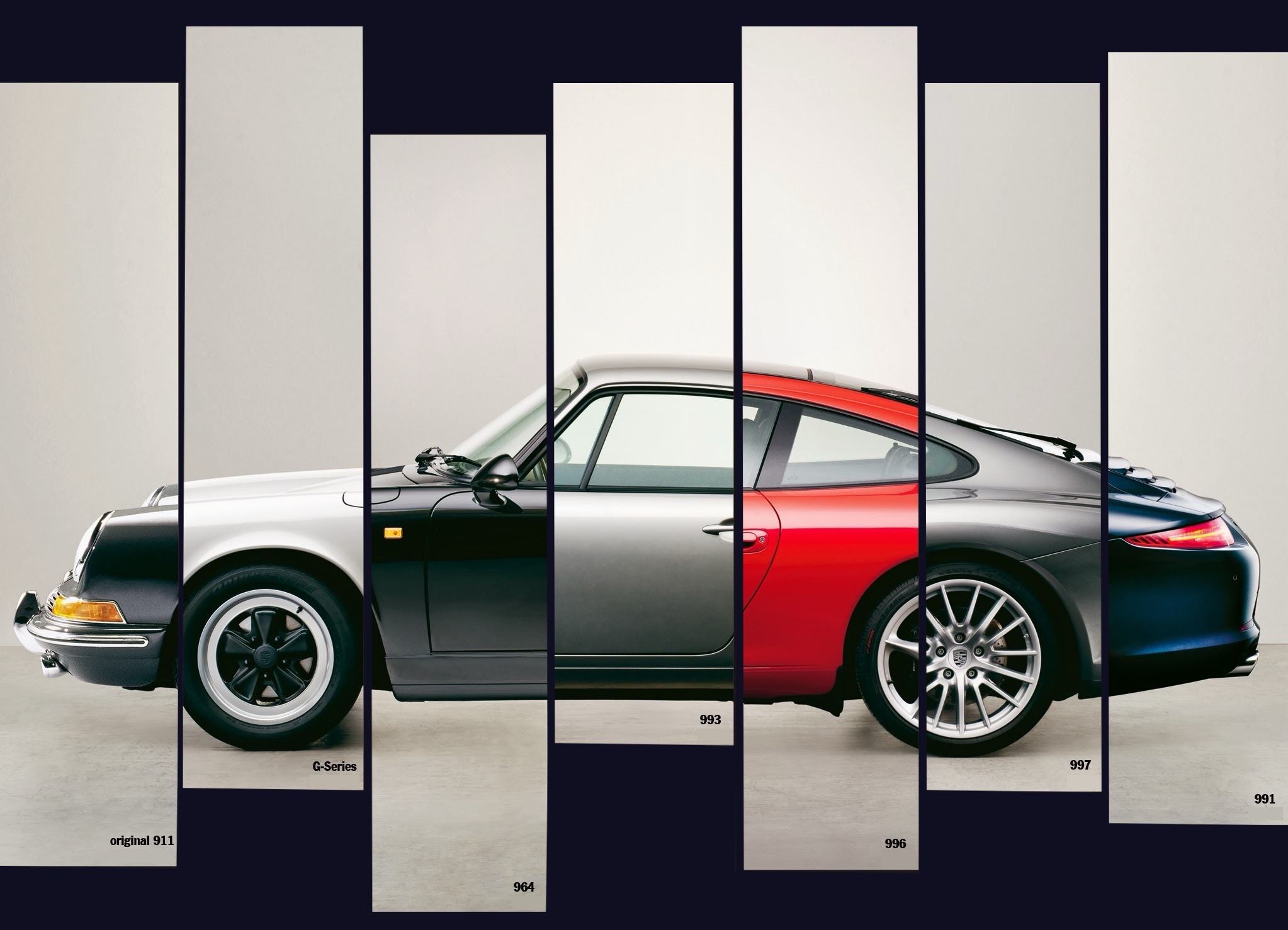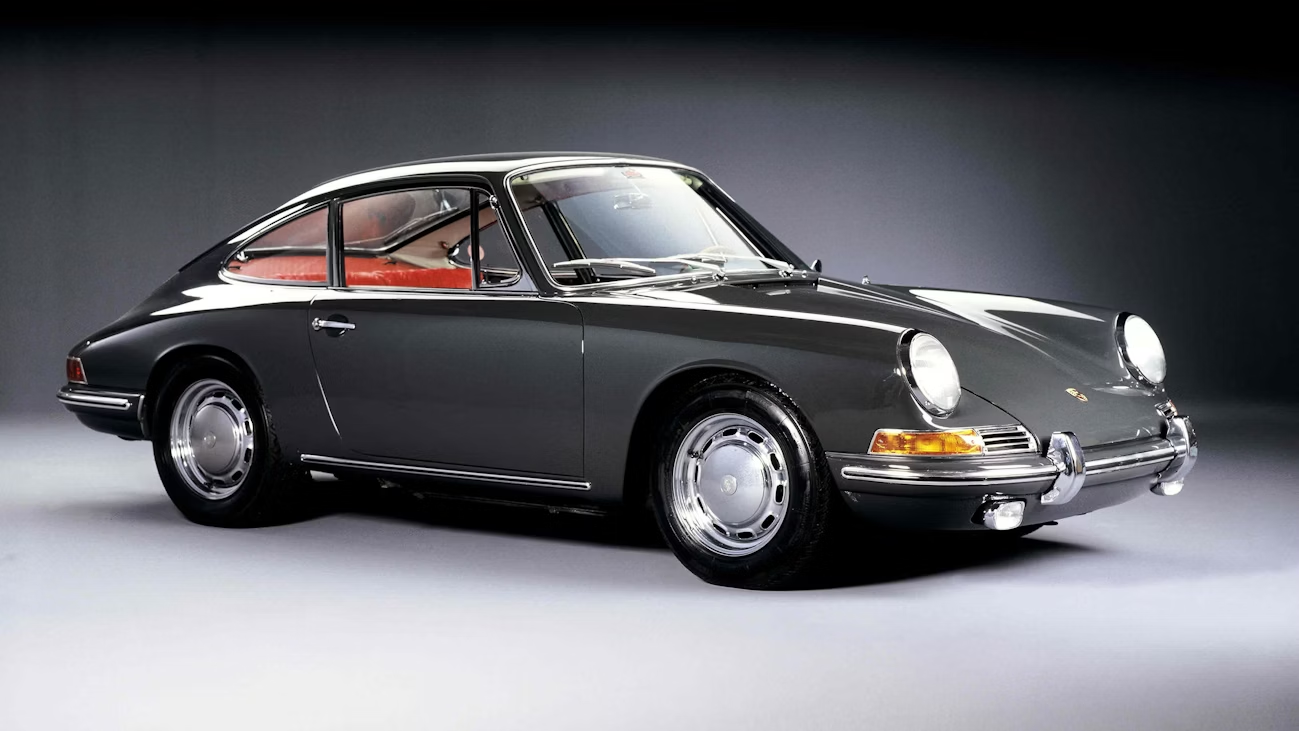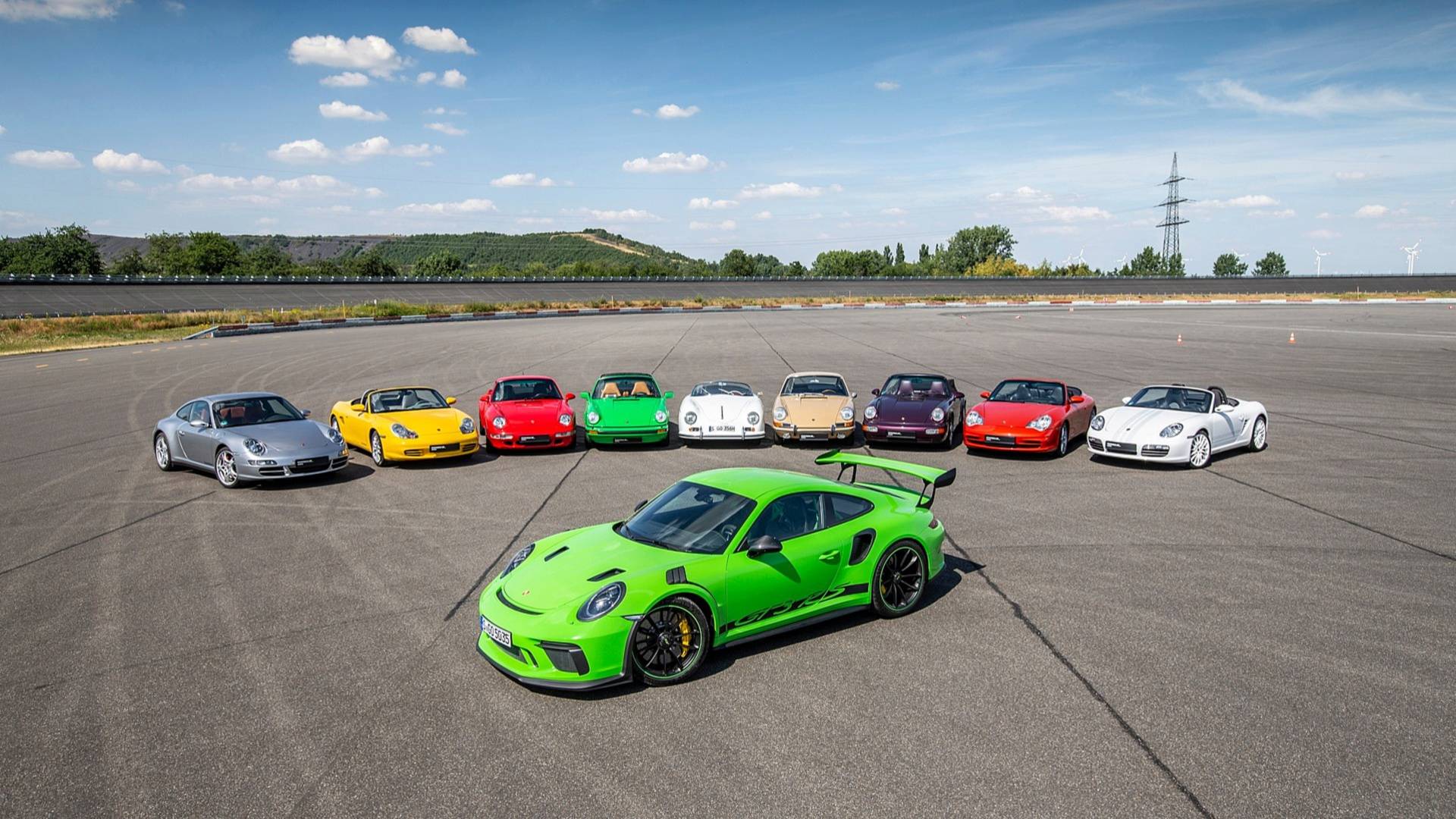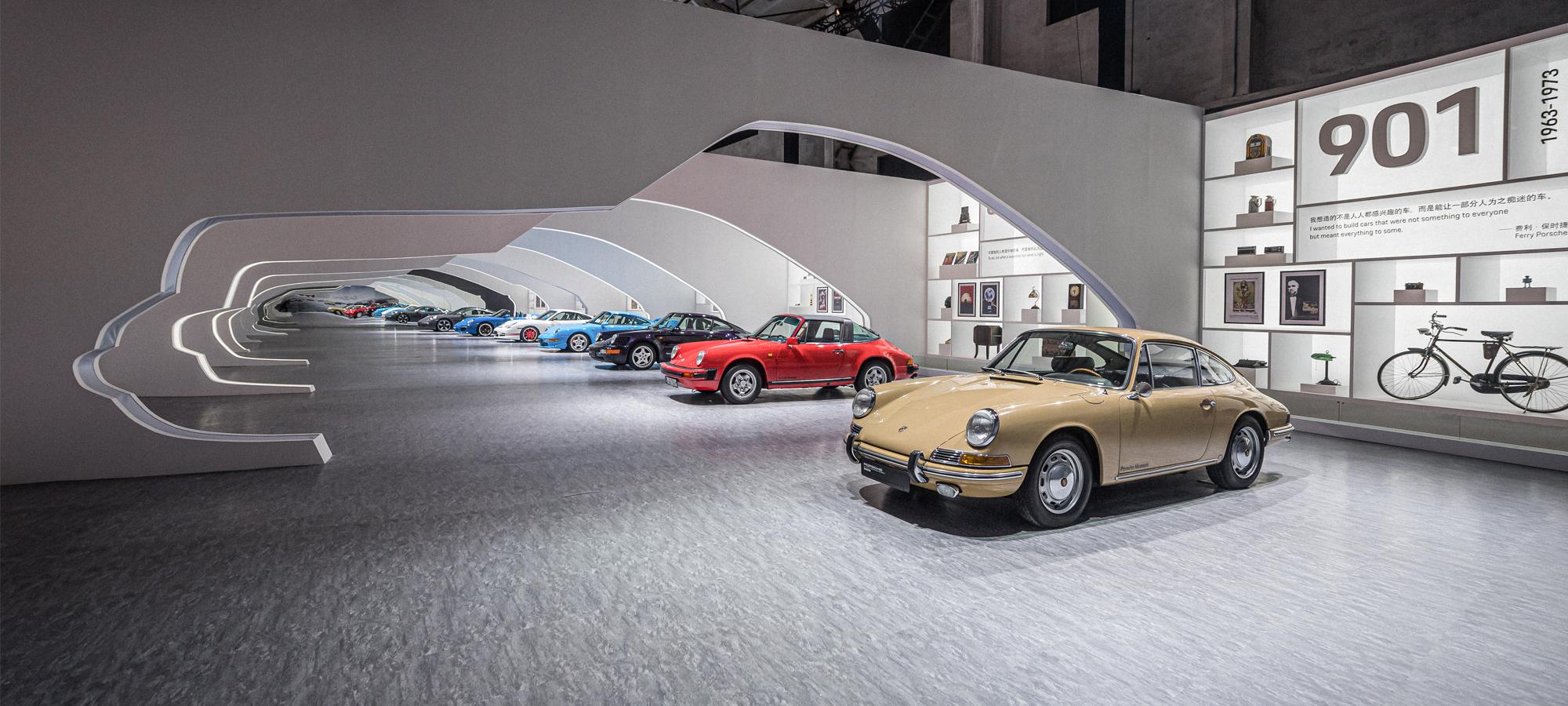 Back to Blogs
Back to Blogs

 Back to Blogs
Back to BlogsPorsche 911: The Complete Story Behind the Icon
April 7, 2025
MotorShare Team
13 days
The Porsche 911 is the ultimate symbol of German performance. More than just a car, it’s an icon, an obsession, a legend. Since its debut in the 1960s, the 911 has evolved across generations without ever compromising its identity—or its famously unusual architecture.
But why the name 911? What’s behind names like Targa or Turbo? And what makes this model stand out in automotive history? Let’s dive into the origin and evolution of this extraordinary machine.
🔧 The Genesis: From the 356 to the 911
The story begins with Ferry Porsche, son of Ferdinand Porsche, who launched the brand’s first production car—the Porsche 356. Inspired by the VW Beetle, it was light, simple, and incredibly fun to drive. But by the early 1960s, Porsche needed something more powerful, more modern, more ambitious.
Enter the Porsche 901, introduced in 1963. However, Peugeot objected to the use of three-digit numbers with a zero in the middle (like their 205, 404, etc.). Porsche adjusted a single digit to avoid conflict—thus, the 911 was born.
🧬 A Counterintuitive, Yet Legendary Mechanical Layout
What makes the 911 so unique is its rear-engine, rear-wheel-drive layout—the engine is positioned behind the rear axle. A trait inherited from the Beetle, it goes against the grain of most sports cars that favor mid- or front-engine designs for better balance.
Advantages:
- Superior traction when exiting corners
- Compact and lightweight design
- Sharp, responsive handling
Early models could be tricky to handle, with rear-end oversteer catching out the unprepared. But Porsche doubled down, refining the layout over time with innovations like modern suspension, traction control, and all-wheel drive. Today, the 911’s unique layout is one of its biggest assets.
🔠 Carrera, Targa, Turbo… Names with History
Carrera
The “Carrera” name is a nod to the Carrera Panamericana, a grueling and dangerous Mexican road race held in the early 1950s. Porsche took part in the event with its early 356 models, and the success it enjoyed there became a proud chapter in its racing heritage. "Carrera" — which means "race" in Spanish — soon became a badge of honour worn by the brand’s more performance-focused 911s. Today, it signifies a model that balances road-going usability with motorsport DNA.
Targa
“Targa” pays homage to the Targa Florio, an open-road endurance race held in the mountains of Sicily. Known for its unforgiving terrain and narrow, twisty roads, it was one of the most prestigious races of its time. In 1965, when safety concerns were rising around full convertibles, Porsche devised a solution — a semi-convertible with a fixed roll bar. The result was the 911 Targa, launched in 1966: a pioneering design that offered open-air driving with added structural integrity. Its distinctive stainless steel roll hoop became an icon in its own right.
Turbo
When Porsche introduced the 911 Turbo (Type 930) in 1975, it sent shockwaves through the sports car world. It was one of the first production cars to use a turbocharger, borrowed from Porsche’s race cars, and delivered a level of power (260–300+ hp) previously unseen in a road-going 911. But it wasn’t just about power — the Turbo came with a wider stance, flared fenders, a massive rear spoiler, and brakes and suspension upgrades to match its performance. It became the poster car of a generation and helped define the "Turbo" badge as a symbol of extreme performance and technical innovation.
🔁 Porsche Tried to Replace the 911… and Failed
During the 1970s and 1980s, Porsche found itself at a crossroads. The world was changing—oil crises, stricter emissions regulations, and evolving consumer tastes all put pressure on traditional sports car manufacturers. Internally, some at Porsche began to question the future of the 911, with its ageing platform and unconventional rear-engine layout. The solution? A new generation of more refined, more “modern” sports cars.
Enter the Porsche 924, 944, and 928—a trio of front-engined, water-cooled models developed to lead Porsche into the future. Each was impressive in its own right: the 928 even won European Car of the Year in 1978. They offered better balance, greater practicality, and improved comfort. On paper, they made sense. But there was one thing they couldn’t replicate: the soul of the 911.
Despite Porsche’s efforts to position these cars as the brand’s new core, the public wouldn’t let go of the 911. Enthusiasts remained loyal to its raw character, unmistakable silhouette, and unique rear-engined handling. Sales of the 911 stayed strong—stronger, in fact, than expected—and what was supposed to be a graceful transition away from the model became instead a reaffirmation of its irreplaceable status.

By the early 1990s, Porsche had accepted what fans already knew: the 911 was not just a car—it was the brand. The front-engined cars were quietly phased out, and development of the next-generation 911s resumed with full commitment. In hindsight, this period didn’t mark the end of the 911, but rather its renaissance.
Today, those “replacements” have become interesting footnotes in Porsche history, while the 911 continues to thrive, evolve, and inspire.
📈 Generations of Evolution
Over the decades, the 911 has continuously evolved while staying true to its roots:
- 1964 – 901/911: The beginning of an icon
- 1975 – 930 Turbo: Raw turbocharged performance
- 1989 – 964: Added ABS, power steering, AWD
- 1993 – 993: Last air-cooled model
- 1998 – 996: Liquid cooling and modern styling
- 2005–2024 – 997, 991, 992: High-tech refinement with soul intact
🏆 A Timeless Icon
The 911 has defied trends, conventions, and even Porsche’s own plans to replace it. Nearly 60 years after launch, it remains one of the world’s most recognizable and respected cars. Its form and function continue to evolve—but its essence never changes.
🚘 The Best Way to Understand Porsche? Drive One.
Reading about Porsche’s heritage is one thing—but feeling it behind the wheel is something else entirely. That’s why at Motorshare, our members get exclusive access to some of the most engaging Porsches ever built. Here are three standout models you can experience today:
The Porsche Boxster 981 Cabriolet, produced between 2012 and 2016, epitomizes the fusion of spirited performance and timeless design. This mid-engine roadster offers a harmonious blend of agility, precision, and power, driven by its flat-six engines. Its unmistakable silhouette is a nod to Porsche’s iconic heritage, while the interior boasts refined finishes and advanced technology. On winding roads, the Boxster 981 delivers an open-top driving experience that’s both exhilarating and sophisticated—a true expression of Porsche engineering.
Then there’s the Porsche 911 Carrera S, a Motorshare favourite that blends luxury, power, and everyday usability. Its refined PDK automatic transmission ensures a smooth yet thrilling ride, whether you’re cruising through town or attacking the open road. Activate sport mode, feel the 395-horsepower flat-six come alive, and savour the unmistakable roar from the twin exhausts. It’s the perfect example of Porsche versatility—with style to match.
Finally, for true purists, the Porsche Cayman GT4 offers a raw, driver-focused experience. Powered by a naturally aspirated flat-six engine that produces 380 horsepower, and paired with a six-speed manual gearbox, the GT4 was built with pure driving pleasure in mind. Every shift, every corner, every sound brings you closer to the road. It’s the most connected drive you’ll find—on track or on tarmac.
Want to truly understand what makes a Porsche special? There’s only one real way: drive one — or better yet, drive all three with your Motorshare membership.




